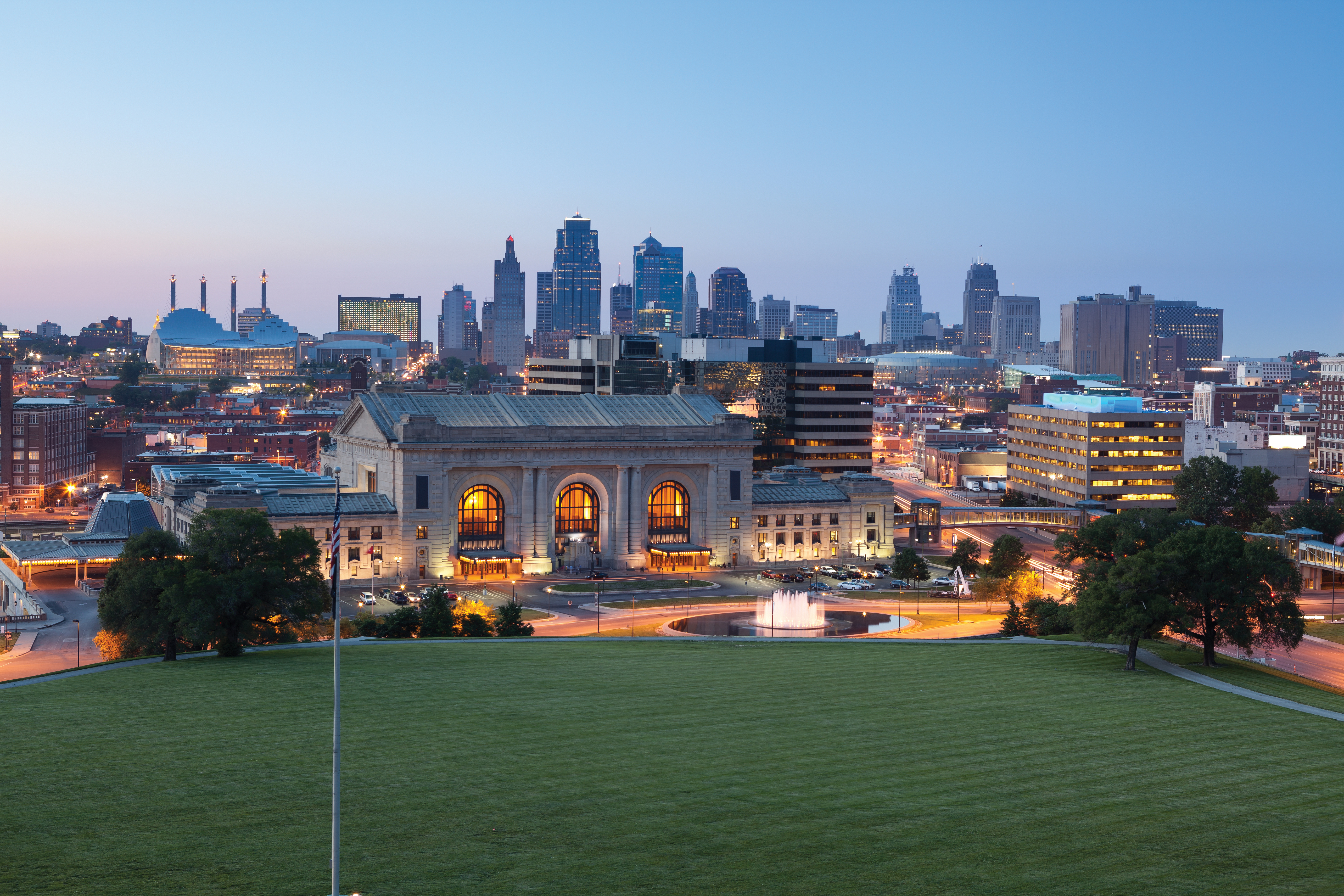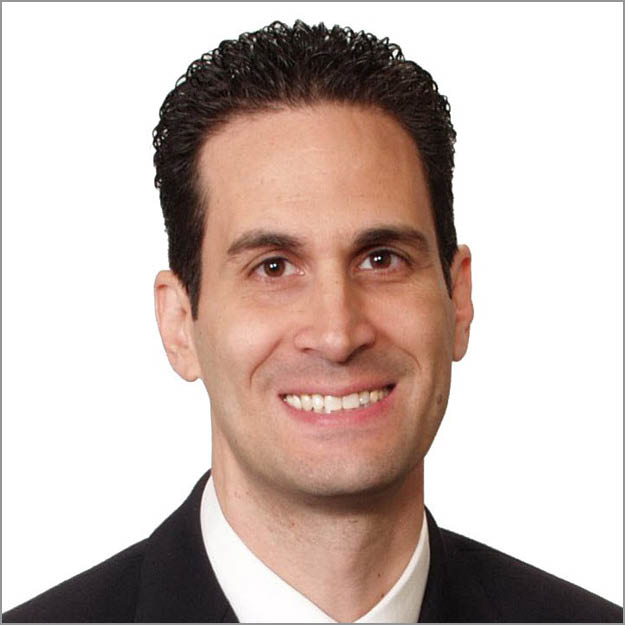Where are many reasons to invest in Kansas City, Missouri—one of our clients’ favorite markets.
Well-known for its contributions to the musical styles of blues and jazz, the city is also noted for its Kansas City-style barbecue. And with over 200 fountains, it has been dubbed the “City of Fountains.” It has been said that Kansas City has the second most number in the world, right behind Rome.
The city also has more boulevards than any other city except Paris, which is why some people call it “Paris of the Plains.”
The most common weather is clear with almost completely blue skies. The majority of the rain falls in April and June, but even in these wettest months, rain is light compared to other cities in the region. Winters vary from mild to cold, with very pleasant spring and autumn weather and hot and humid summers.
Kansas City is an affordable market, with consistent growth in jobs and population.
The Kansas City metropolitan area (MSA) is a 14-county area that straddles the border between the states of Missouri and Kansas. With a population over 470,000 (city) and 2,200,000 (MSA), it ranks as the second largest metropolitan area with its core in Missouri.
The suburbs are largely south of the central city, though the area north of the Missouri River (known locally as the Northland) is beginning to experience growth similar to the south.
The metro’s population added just over 16,000 new residents between 2014 and 2015, according to the latest Census estimates. This is a 0.8 percent growth rate, which ranks in 32nd of the 53 metro areas with at least 1 million people. Natural population growth (births minus deaths) made up the bulk of the change, but the region also saw net growth due to migration, both from within the U.S. and internationally.
Economic growth has been led by healthcare, finance, insurance, automotive, manufacturing and IT. Kansas City is also a major distribution center because of its central location within the country. It is the top city for rail freight volume and the second largest rail center, behind only Chicago.
The Kansas City metro added a solid 22,577 jobs in the year ending September 2015. Nearly 40 percent of the metro’s new jobs last year were created in Jackson County, where our company focuses its efforts and our clients mainly invest.
Knowing what industries will generate the greatest number of new jobs over the next 10 years is helpful for an investor to know. Health care leads the way with 25,000 net new jobs, followed by professional and technical services with about 11,000. These two industries are expected to generate 56 percent of all new jobs in the region. But there will still be job opportunities across a much wider spectrum of industries.
With a median home price around $132,000 and a rent-to-value ratio of about 1 percent on turnkey (and rent-ready) properties, Kansas City boasts favorable returns and cash-flow.
Appreciation rates over the last five years have ranged from 3.2 percent to 8.1 percent, keeping it on pace with inflation. Property prices are expected to continue an upward trend at a modest pace for the foreseeable future. Rents are also expected to keep pace with price growth, thereby maintaining a favorable 1 percent rent-to-value ratio.
























0 Comments